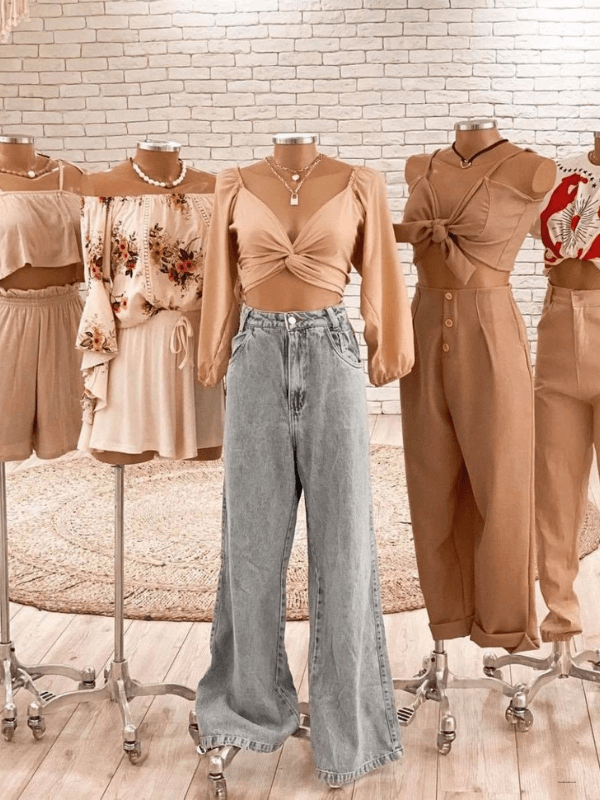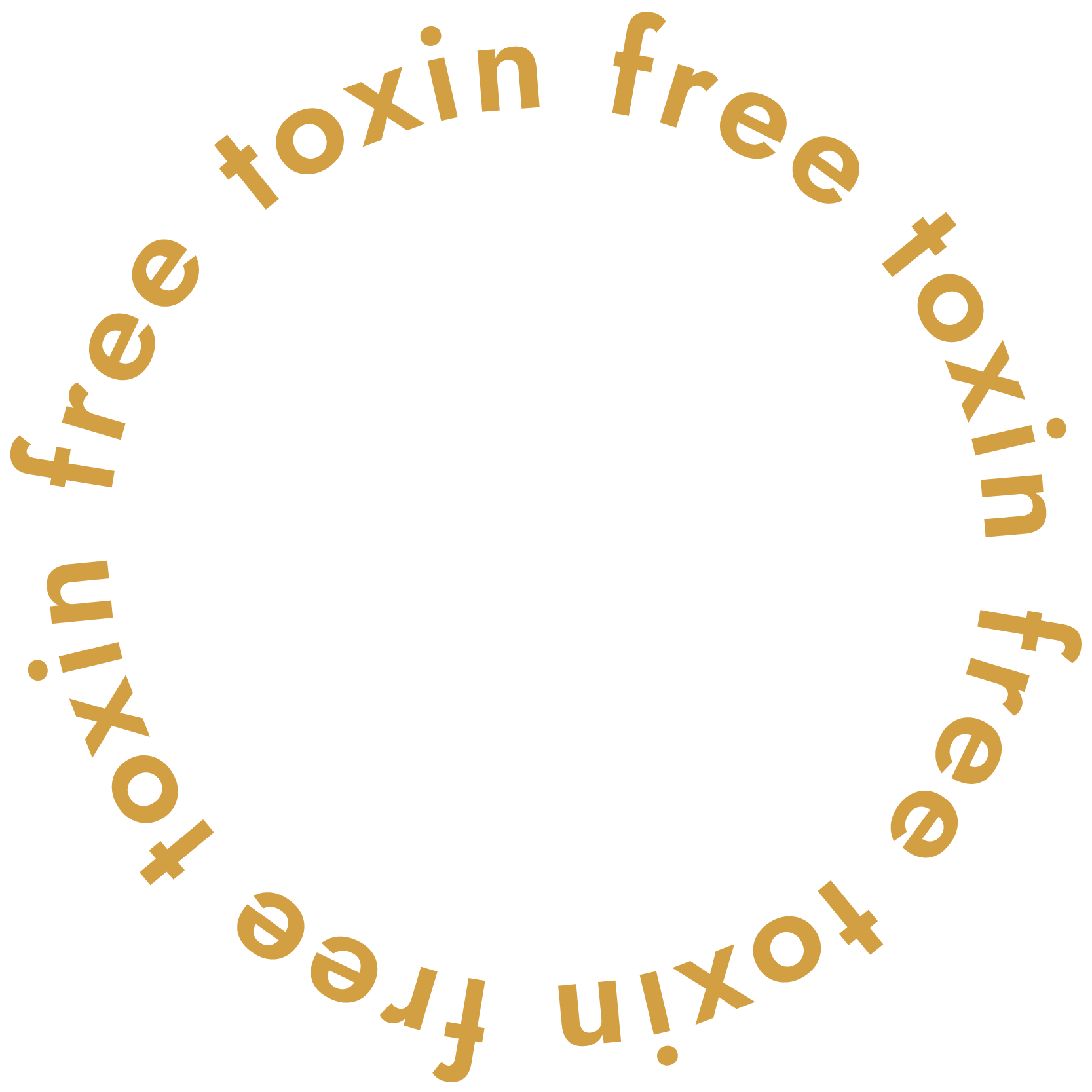Apple Podcasts | Spotify
Your workout clothes are probably the most toxic items in your entire home – and you’re wearing them while you sweat. In this eye-opening conversation with Hannah Dunning, founder of The Hannah Dunning Project, we expose the alarming truth about chemicals in clothing. From BPA and phthalates to formaldehyde, the toxins lurking in your wardrobe affect your health daily, especially in items like workout clothes and bras that sit directly on your skin.
The research is clear: your washing machine is one of the largest contributors to microplastics, and “sustainable” materials like bamboo aren’t as natural as you think. We dive deep into the best and worst fabrics, why recycled polyester isn’t the answer, and how to make better choices without overwhelming your budget.
Whether you’re just starting your toxin-free journey or looking to take your clean living to the next level, this episode provides practical, realistic steps for detoxing your wardrobe. Learn what to swap first, how to identify truly clean materials, and why your clothing choices matter more than you might think for your overall health.
In today’s episode, we’re chatting about:
- Why workout clothes and bras are the worst toxic offenders
- The truth about bamboo fabric and recycled polyester
- How to identify the cleanest, least toxic fabrics
- Practical steps for detoxing your wardrobe on a budget
- Why natural fibers are worth the investment for your health
The Worst Toxic Offenders
The worst toxic offenders are in your closet! Make these natural swaps to improve your health.
Workout Clothes
If you’re sweating in something, that heat releases all those chemicals, especially in plastic. Don’t work out in plastic! If you work out every day, and you should be active and sweating every day, then I always say underwear, bras, and socks to protect your skin. Focus on the things that touch your skin. I still wear a lot of things that go over my clothing that aren’t necessarily perfect, but I still feel okay because my t-shirt is organic cotton.
Bedding
Your sheets, pillowcases, mattress, and the clothes you sleep in are what you should focus on next. You’re ideally spending at least eight hours a night in your bed. That’s a significant amount of time to be touching chemicals in clothing every day.
Bras
From Hannah’s research on women’s hormones and how they’re impacted by clothing specifically, she recommends starting with bras for every woman. The proximity to our most vulnerable endocrine receptors is in our breasts, and with our skyrocketing levels of hormone-impacted breast cancer, there is a serious question as to what is directly causing this.
One of the major factors considered by many doctors in the oncology space is bras. With the chemicals they’re adding in there, we’re finding BPA, phthalates, parabens, and all kinds of things that are directly causing cancer. Sports bras have tons of toxins in them.
When you’re going through hormonal changes (naturally, anyway), you’re more susceptible to any kind of manipulation hormonally. If you are going through puberty, menopause, or breastfeeding, you are extremely susceptible to the terrible stuff that’s in our bras.
Washer and Dryer
Hannah and I recommend being conscious of your washer and dryer. From an environmental standpoint, they are huge contributors, if not the greatest contributors, to PFAS in our water. All the stuff from your clothing goes straight into our water systems, and drying it also activates the harmful chemicals and additives, making it more toxic for you and your family. Wash it less and then air dry. Even people in cold climates can air dry!
Natural Fibers are Worth the Investment
So now that we know which clothing items have the worst toxins in them, let’s go over some natural fibers. Even though they’re a little more expensive than what you’ll find at Target, they are worth the investment.
Linen
What Hannah would focus on moving forward is as much linen as you can stomach. Hannah has a few friends who can’t stand the feeling, but she’s obsessed with linen. It is one of the most incredible fabrics our world has to offer. The company MATE the Label has the cutest linen clothes.
Wool
Wool is also great but gets a bad rap for feeling itchy, heavy, and hot. But merino wool is an amazing fiber with incredible antimicrobial and water-wicking capabilities. Hannah recommends Simply Merino when shopping for wool clothing.
Hemp
The next fabric Hannah talks about is hemp. AFENDS is a great company making hemp products. I’m hoping that as we start to get more familiar with the benefits of hemp, they won’t be so nuanced. They’ll be more commonplace because hemp is incredible. It doesn’t need a lot of water, and it’s antimicrobial. There are amazing benefits to hemp, and you can really use it in a pretty diverse, viable way when it comes to clothing and textiles.
Organic Cotton
Organic cotton is my go-to and is a great basic everyone should have. Organic cotton is a better alternative to cotton, which is called the world’s dirtiest crop. It’s doused with insecticides and pesticides because cotton requires a lot of water to grow and harvest. Then the water is also polluted with all these crazy chemicals and causes cancer throughout the world. Organic cotton is a better alternative when it comes to chemical spray. It still requires a lot of water, but there are regenerative ways to do it, and there’s been a lot of research and advancement.
Switching to natural fibers is an adjustment, but your body will start to adjust to the lack of chemicals in clothing and crave those natural fibers. You will feel so much better, but it’s a mentality you’ll have to work on.
In my Toxin-Free Shopping guide, I have tons of toxin-free clothing options. Hannah and I have vetted these brands, and they are better choices for your health. Happy shopping!
Connect with Hannah:
If you enjoyed this week’s episode, please:
- Leave a positive review or rating wherever you listen
- Shop toxin free products on my Toxin Free Shopping Guide
- Download your free 25 Toxins to Avoid
- Post a screenshot, share what you loved, and tag me on Instagram @wendy_toxinfreeish
- Want to ask me a question to get answered on the podcast? Leave me a voice message here.
Related Episodes:
Episode 59: Eliminating Phthalates and Parabens Can Reduce Breast Cancer Risk by 73%
Episode 65: From Harmful to Healing: AIZOME Leading the Way With Plant-Dyed, Synthetic Free Textiles
Episode 76: The Healing Power of Regenerative Farming with Brett Packer from Young Living
Episode 82: Banned Pesticides in the US: Everything You Need to Know About the Emergency Ban on DCPA


+ show Comments
- Hide Comments